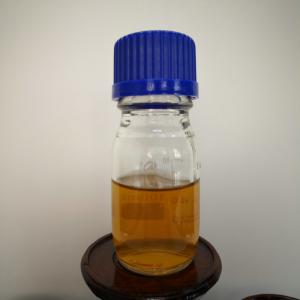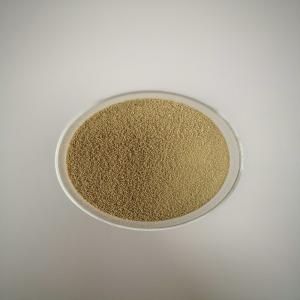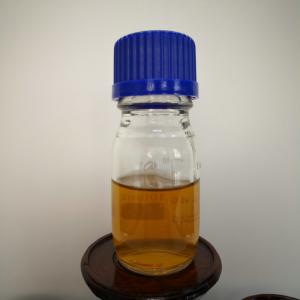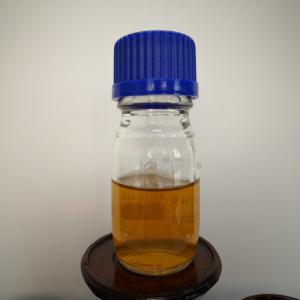Benefits for ethanol production
1.High stability with low pH;
2.Decrease viscosity quickly;
3.Decrease formation of non-fermenting sugars;
4.No need of calcium ion under majority processing conditions;
5.Effective liquefaction of different starch materials, such as tapioca, corn, wheat and rice.
Description
HA-350 is derived from a strain of Bacillus licheniformis using submerged fermentation and refining extraction techniques. Boli HA-350 is an endoamylase, which rapidly decreases the viscosity of a gelatinous starch solution by randomly hydrolyzing starch, glycogen and its degradation products within the alpha-D-1, 4 glucosidic bonds to produce soluble dextrins and oligosaccharides.
Application
HA-350 is a robust alpha-amylase suitable for ethanol industry.
Product characteristics
Declared Enzyme | Alpha-Amylase |
Systematic Name | 1, 4-α -D-glucan glucanohydrolase |
Activity | 50, 000 U/ml (minimum) |
Appearance | Light to dark brown liquid |
Product pH | 5.5 to 7.0 |
Specific gravity | 1.15 to 1.25 g/ml |
Effect of pH
HA-350 is active over a wide pH range, depending on the application. For maximum activity, the optimal pH for Boli HA-350 is 5.6 to 6.2. The exact pH optimum will depend on many process variables, including temperature, substrate concentration, and time.
Effect of Temperature
For interval liquefaction, the optimum temperature of HA-350 is above 85ºC. It liquefies starch substrates promptly at 95 to 97ºC and maintains highly active at 100ºC. For consecutive liquefaction,HA-350 demonstrates exceptional thermo-stability at temperatures up to 105 to 110ºC, maintains its stability for 5 to 7 minutes and keeps on liquefying rapidly and completely.
Concentration Calcium
The presence of calcium increases the thermal stability of HA-350. This enzyme requires a very low calcium concentration and calcium additions of 20 to 50 ppm (dry solids basis) are sufficient to ensure enzyme stability.
Inhibitors
Copper, titanium, and cobalt ions are moderate inhibitors for HA-350. Aluminum, lead and zinc ions act as strong inhibitors.
Usage guidelines
In general, first adjust the pH to 5.6 to 6.2 and then adding HA-350. Calcium is not needed. After the enzyme is added, heat the slurry to liquefy at the temperature of 85 to 90ºC for 90 to 150 minutes. The final DE value should be maintained at 10 to 12.
Dosage of HA-350 is dependent on the application, substrate concentration, pH, temperature and other processing conditions. To optimize the dosage, it is recommended to conduct a number of liquefaction trials prior to routine use of this product. A good starting point for dosage rate is 0.33 to 0.64 kg/TDS.
Storage
Boli HA-350 should be stored below 25° C in its original packaging, sealed and unopened, protected from the sun. This enzyme has been formulated for optimal stability. However, enzymes gradually lose activity over time. Extended storage and/or adverse conditions such as higher temperature may lead to a higher dosage requirement.
Safety & Enzyme handling
Inhalation of enzyme dust and mists should be avoided. In case of contact with the skin or eyes, promptly rinse with water for at least 15 minutes. For detailed handling information, please refer to the appropriate Material Safety Data Sheet.

 China
China



